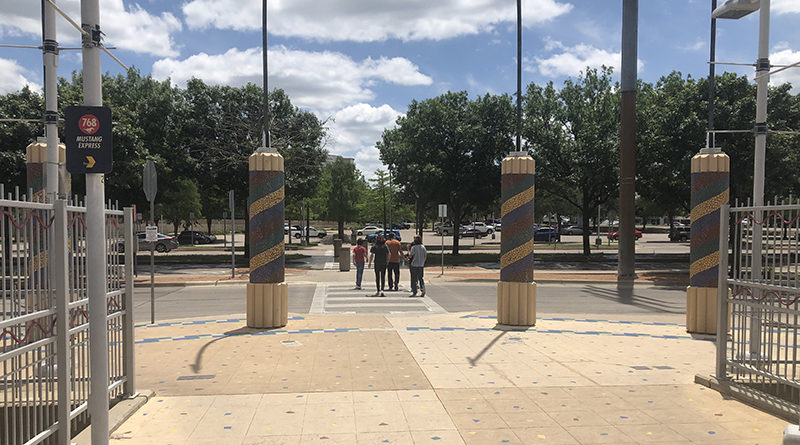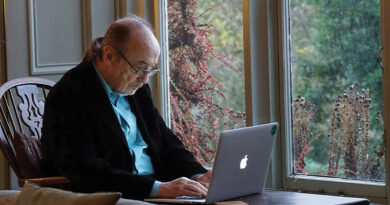The Politics of Parking in Dallas
While people may not naturally make the link between parking and housing affordability, Coalition for a New Dallas co-founder Patrick Kennedy does.
He insists parking policy brings plenty of side effects for cities such as higher rents and less affordable housing and land available for sidewalks and greenspace.
“I’ve seen it estimated that we have as many as, if not more than, 30 parking spaces for every single vehicle that is owned by a city of Dallas resident, meaning we likely have more parking than we’ll ever need, which is why I would contend that parking is not a supply problem, but one that requires proper management,” Kennedy said. Other coalition founders include Wick Allison, principal owner of People Newspapers, and his daughter Gillea Allison.
Travis Liska, a senior transportation planner at the North Central Texas Council of Governments, said the square footage required for surface parking in developments could lead to situations where more land is used for the parking than for the building.
“It’s an amenity to the development,” Liska said. “But then why don’t (we) subsidize other transportation modes through development amenities, such as having really great streetscapes, sidewalks, and bike parking as well?”
His organization studied 16 transit-oriented developments along the red and blue DART lines in 2018 and found 13 of those never peaked above 80% utilization during data collection.
“I would contend that parking is not a supply problem, but one that requires proper management.” -Patrick Kennedy

“We think there’s a relationship there between the sort of income profile and travel behavior of folks who are generally more transit-dependent and the need for less parking,” Liska said.
Katy Slade of Mintwood Real Estate sees how parking policy impacts developers.
“Confirming that you can fit enough parking spaces to meet code and how that works and whether the parking is going to be below grade or above grade, and all of those components are a major factor,” Slade said. “What ends up happening in terms of the cost is that the focus becomes solely on parking rather than actually providing something valuable to the community. If parking is the right, then…de facto, it eliminates the ability to have great sidewalks, great trees.”
She said reducing parking requirements may also allow for lower rent demands on people.
“When we’re looking right now at parking spaces and the heavy cost of all these parking spaces, if we can at least reduce parking by 10% of the requirement, it gives us the ability to reduce the amount of rent that we’re charging,” Slade said.
As for how to develop infrastructure that works for the future, Liska said it’s essential to look at transportation and parking as public utilities.
“We’ve got to get to a more sustainable funding source, and part of that is being more efficient with our systems,” he said. “Related to how it’s more sustainable for the future, is ensuring that we still have the funding mechanisms and the self-funding capacity that comes with treating transportation and subsequently parking as a priced public utility where…it’s priced according to what really results in optimal use.”
For nearly 40 years, People Newspapers has worked tirelessly to tell the stories—good, bad, and sublime—of our neighbors in the Park Cities and Preston Hollow. To support our efforts, please contact advertise@peoplenewspapers.com for advertising opportunities. Please also consider sharing this story with your friends and social media followers.









